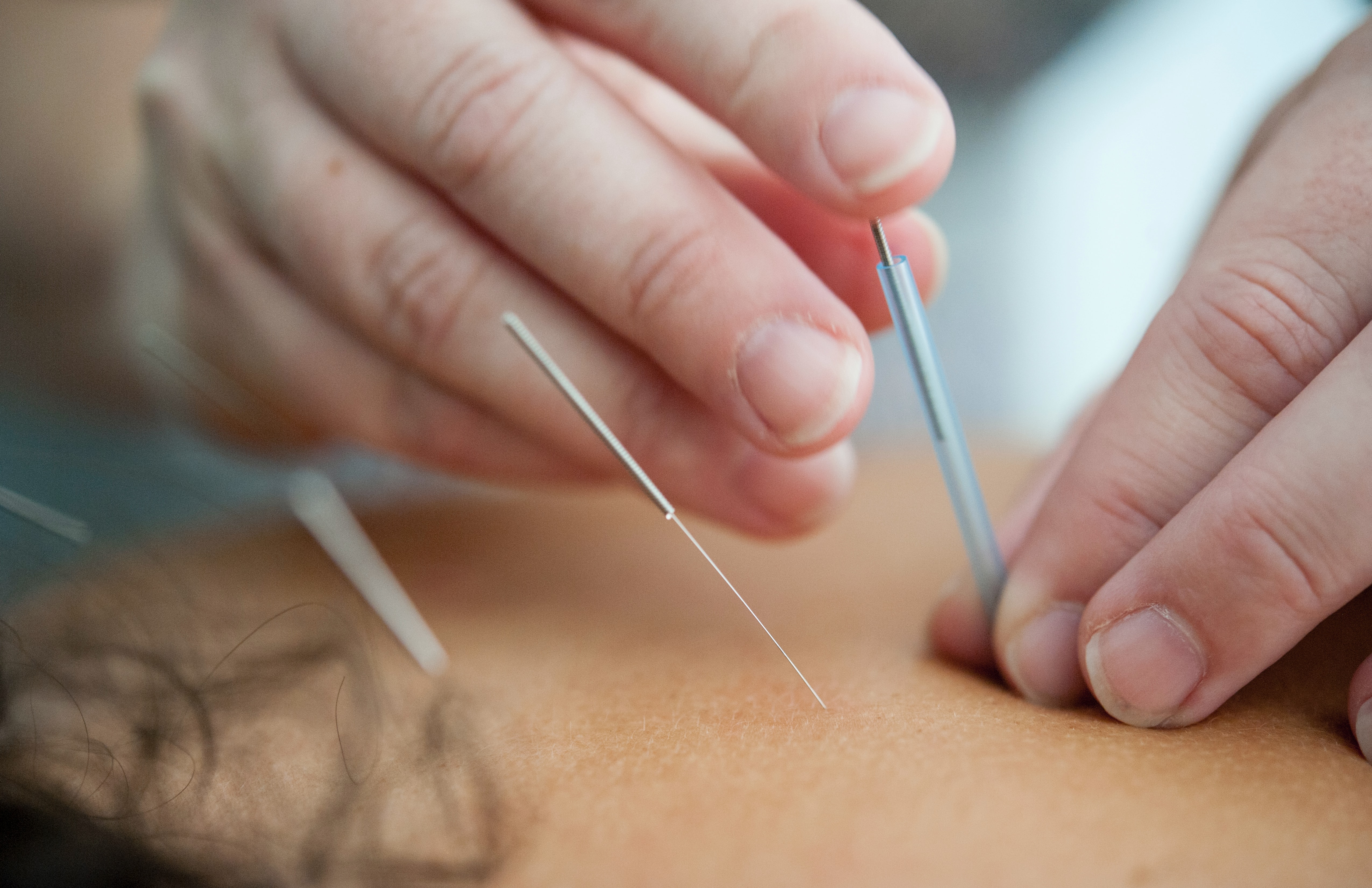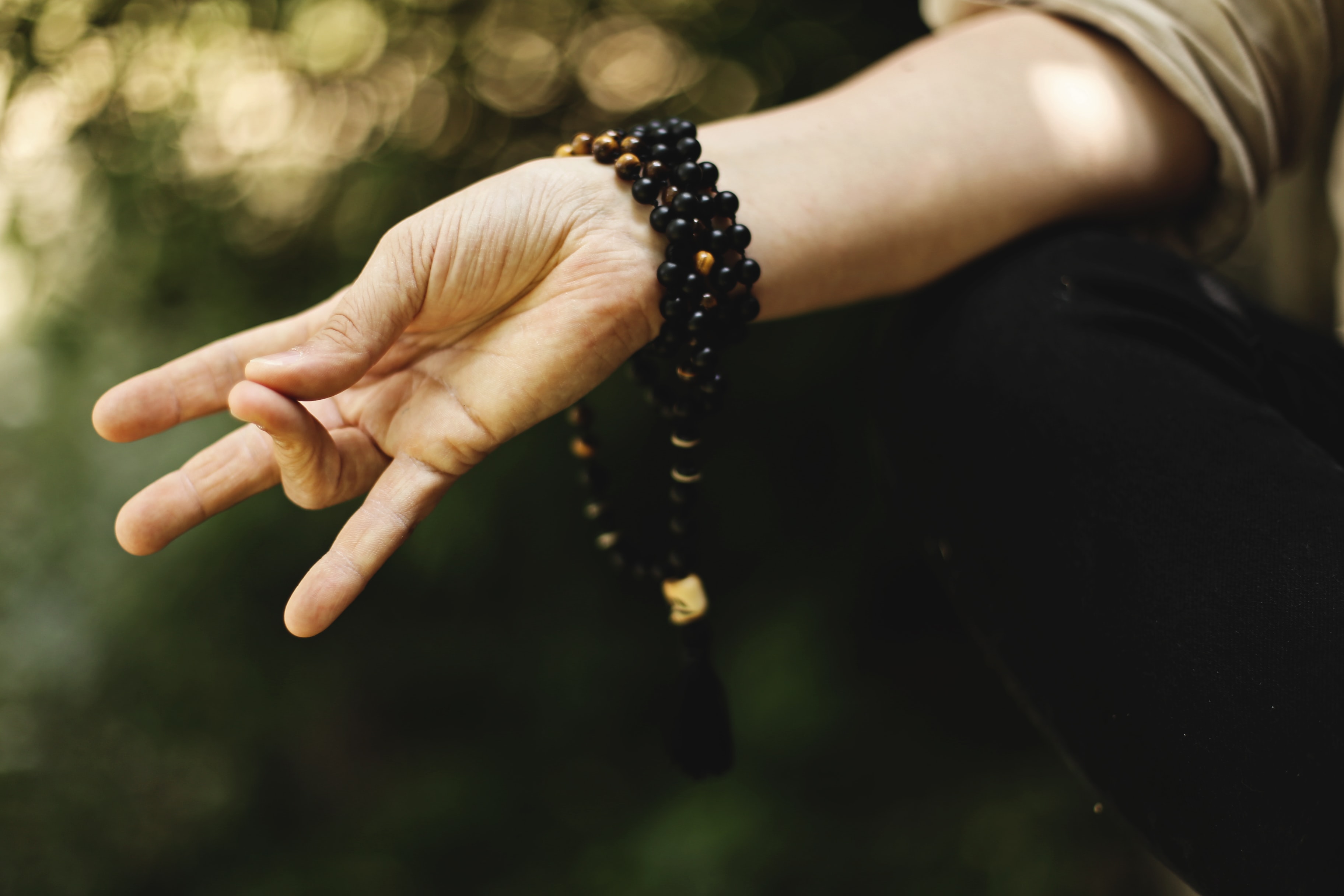“In the past, people practiced the Tao, the Way of Life. They understood the principle of balance as represented by the transformations of the energies of the universe.”
Maoshing Ni, The Yellow Emperor’s Classic of Medicine: A New Translation of the Neijing Suwen with Commentary
The cornerstone of Traditional Chinese Medicine (TCM), and Acupuncture, is balance. The fundamental theories lie within the Daoist yin and yang symbol, of balance and interconnectedness. Practitioners of mindfulness share many of the principles of TCM and may already be experienced with acupuncture. If not, read on to discover ancient philosophies and modern research intersecting to make acupuncture accessible to the west.
A (Very) Brief History of Acupuncture
Traditional Chinese Medicine is a complete medical system, inclusive of acupuncture, herbalism, massage, exercise and nutrition. Its roots are thousands of years old and have spread to all corners of the world. You might remember the big news in 2018 when the research from Otzi the Iceman was published, hypothesizing that the ancient mummy had tattoos depicting acupuncture points and meridians from 5300 years ago. Written history of Chinese medicine dates back at least to 2300 years ago when the Huang Di Nei Jing (The Yellow Emperor’s Inner Classic) was written, and quoted above.
Acupuncture was originally applied with sharp stone tools and massage was done to specific parts and points on the body. These tools were eventually replaced with bamboo sticks in order to puncture the body in the points. Metal objects were later used, and needles became more and more fine. Today, acupuncturists use hair thin, stainless steel, single use and disposable needles to puncture the skin.
How Does Acupuncture Work?

Acupuncture’s mechanisms of action are similar to mindfulness. Traditional acupuncture explanations were about Qi, or energy flow. The Chinese character for Qi, 氣, is a combination of two words; 米 Mi which translates to rice, and Qi 气 which translates to air or gas. Some translations of Qi are nourishment, vapor, breath, or most commonly- energy. Acupuncture has been explained to work by modulating the Qi in our body, moving stagnant Qi, strengthening weakened Qi, and reducing excessive Qi. Thereby bringing the body back into balance.
But modern Western science has conducted their own research over the past 3 decades and posits that there are three main mechanisms for acupuncture’s effects:
- Activation of the body’s natural opioid systems: Research has found that several types of opioids may be naturally released from your brain into the central nervous system during acupuncture treatment, thereby reducing pain. No medications or drugs are used on the needles.
- Changes in brain chemistry, sensation, and involuntary body functions: Studies have shown that acupuncture may alter brain chemistry by changing the release of neurotransmitters and neurohormones. Acupuncture also has been documented to affect the parts of the central nervous system related to sensation and involuntary body functions, such as immune reactions and processes whereby a person’s blood pressure, blood flow and body temperature are regulated.
- Changes in blood flow: Needle manipulation transmits a mechanical signal to connective tissue cells via mechanotransduction. Circulation of blood to the affected area is increased, reducing swelling and restoring normal function to the area being treated.
What Is An Acupuncture Treatment Like?

There are as many different types of acupuncture as there are restaurants in a busy city. There is an art to acupuncture that each practitioner brings to a treatment as well. One of the beautiful things about an acupuncture treatment is the individuality within the diagnosis and treatment plan. There is no cookbook for acupuncture point prescriptions and your practitioner may choose specific acupuncture points for you based on your symptoms, your root cause, or even the weather. In general, acupuncture needles are inserted, the amount of needles will vary on the practitioner but an average of 12 can be anticipated. Usually, needles are retained for some time. Again, an average of 30 minutes can be expected for time to rest with the needles.
Here is where the mindfulness practice comes into the treatment. While resting with the acupuncture needles, patients have reported deep states of relaxation. They have seen colors, revisited “happy places”, envisioned lost loved ones, and fell deep asleep.
Acupuncture may be a shortcut to mindfulness
I have treated very experienced meditators and patients who have never meditated in their life. During an acupuncture treatment, the mindfulness playing field is equal and the most novice meditator may find deep moments of stillness and consciousness awakening. By no intention of their own, the acupuncture’s mechanisms of action similar to those of mindfulness that may take years to cultivate, are invoked. This is not to say we should ditch meditation and get poked, rather what benefits may be achieved by using mindfulness practices during an acupuncture session?
Using Mindfulness In Acupuncture Treatment

In the five branches of TCM, exercise is included. In addition to cardiovascular exercise, TCM recommends Tai Chi and Qi Gong practices. These gentle moving, or static, exercises are a moving meditation and similar to mindfulness practices. I often have patients ask “what should I do during the treatment?”. I take this opportunity to discuss the purpose of the treatment, the functions of the points chosen and the meridians stimulated. I provide recommendations for the patient to participate mindfully in their treatment by suggesting focusing on moving energy here to there, meditating on a specific element, or focus on an out of balance organ. In your next acupuncture session, try one of your favorite mindfulness techniques to quickly get to your state of deep relaxation.
How To Find A Qualified Practitioner
Just a few decades ago, finding an acupuncturist meant someone advertising the word “acupuncture” in their practice. But that was before acupuncture was researched, verified, and (sometimes) covered by insurance. Now, acupuncture certifications can be achieved with less study. It’s worthwhile to research to find a practitioner who has completed a 3-4 year complete program of study of acupuncture, rather than a shortened weekend or several months of study. Regulations vary by country, in the U.S. a nationally board certified and licensed practitioner can be found at National Certification Commision for Acupuncture and Oriental Medicine.


